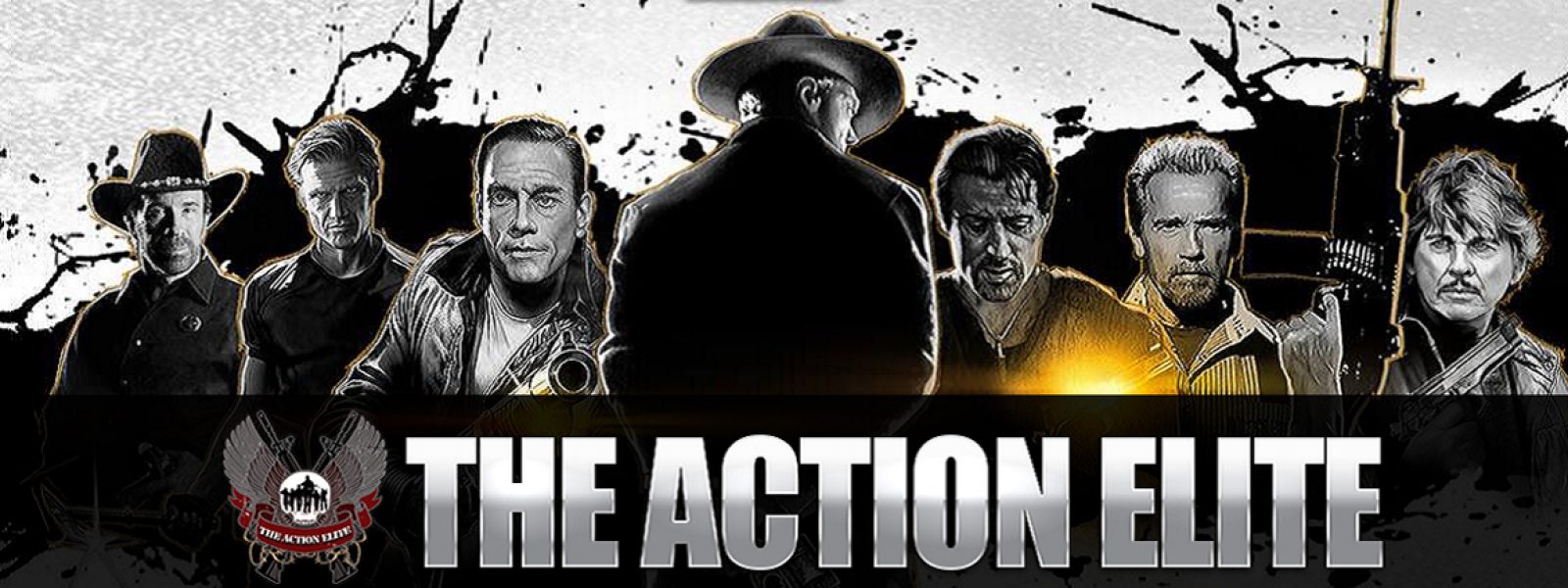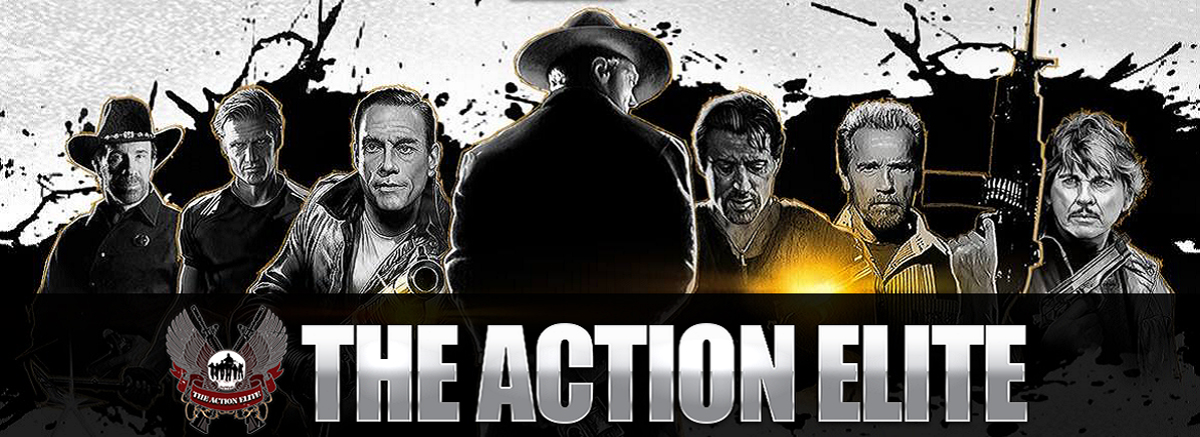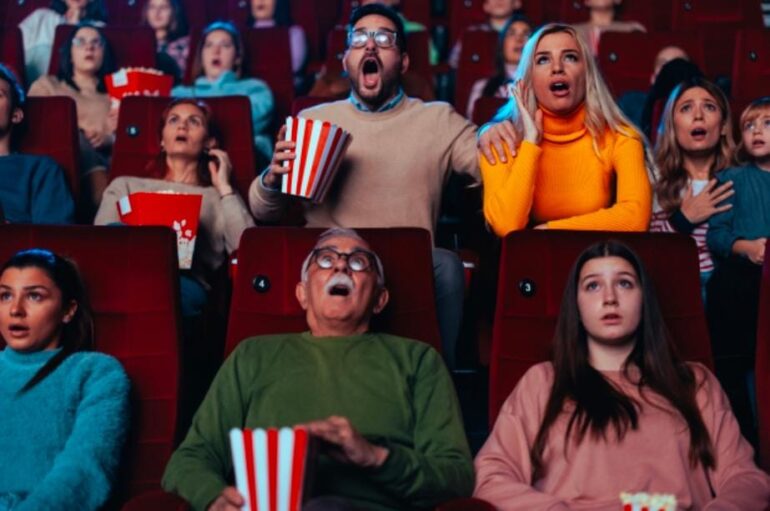Villains in action films often mirror real-life aggressors through their manipulation, control, and cruelty. These characters are frequently portrayed with calculated behavior designed to dominate and instill fear, reflecting patterns seen in actual abusive individuals. The portrayal of these antagonists reveals how popular media shapes our understanding of abusers by presenting them as emotionally harmful and dangerous figures who thrive on power over others.
This link between on-screen villains and real-world abusers influences public perception, sometimes simplifying the causes and consequences of abuse. Films typically focus on the punishment and destruction of these characters rather than healing or rehabilitation, reinforcing the viewpoint that violent behavior is unforgivable. Understanding this portrayal can shed light on why society often demands strict penalties, similar to those sought in cases involving domestic violence, where emotional harm plays a significant role.
The psychological traits assigned to movie antagonists—such as emotional detachment, calculated cruelty, and relentless control—are tools to provoke audience reaction but also obscure the nuanced reality of abusers. These figures serve as reminders of the darker aspects of human behavior, underscoring how media representations influence attitudes toward abuse and justice.
How Action Movie Villains Mirror Real-Life Abusers
Action movie antagonists often embody key behaviors and traits seen in actual perpetrators of harm, reflecting patterns of manipulation, psychological characteristics, and the use of authority. These portrayals resonate with audiences by mirroring disturbing realities found in abusive relationships and social dynamics.
Patterns of Manipulation and Control
Fictional villains frequently demonstrate strategic influence over others. This includes gaslighting, intimidation, and isolation to maintain dominance. Such tactics parallel those used by abusive individuals to erode victims’ sense of reality and autonomy.
Movie antagonists like the Joker use unpredictability and psychological games to destabilize their targets. They create fear through calculated threats and emotional exploitation, mirroring real abuses where power is wielded to suppress and control.
Manipulation in films often serves to show how abusers trap victims, controlling their choices and suppressing resistance. This aligns with behaviors observed in real life, where emotional entrapment and coercion are common.
Psychological Traits Shared by Villains and Abusers
The mental and emotional profiles of many screen antagonists parallel the characteristics identified in actual offenders. Traits such as lack of empathy, impulsiveness, and disregard for others’ boundaries are widespread in both contexts.
Villains like Darth Vader display internal conflicts but remain driven by resentment and anger, reflecting how deep-seated traumas can fuel destructive behavior. This echoes findings that many abusers have histories of unresolved wounds, which influence their actions.
Both fictional and real perpetrators often exhibit a need for control rooted in insecurity. Their inability to form genuine connections supports the stereotype of the isolated aggressor, highlighting emotional dysfunction rather than mere evil.
Abuse of Power and Moral Ambiguity
Fiction often portrays antagonists wielding their influence to justify harmful acts. Their actions blur moral lines, enabling audiences to see how authority can be used to exploit or dominate.
For example, the force wielded by Darth Vader envelops both literal and symbolic control over others. This abuse of power is a common theme, illustrating how leaders or individuals in strong positions may manipulate systems for personal gain or to enforce fear.
This theme also appears in portrayals of abusers who rationalize their behavior through twisted justification. Such narratives help reveal how misuse of power sustains cycles of harm, reflecting ongoing issues in social and familial settings.
Iconic Villains and the Psychology Behind Their Actions
Many memorable antagonists possess layered motivations rooted in personal history and psychological traits. Their captivating presence often arises from combining deep emotional wounds, unpredictable behaviors, magnetic charm, and well-known villainous patterns in media.
Tragic Backstories and Humanizing Traits
Villains like Loki from Star Wars and Darth Vader illustrate the power of a sorrowful origin story. Their past traumas or feelings of abandonment foster empathy, making them more than just figures of menace. These elements allow audiences to recognize shared vulnerabilities beneath the sinister actions.
Such backgrounds create shades of gray in morality. For instance, Darth Vader’s fall from grace and ultimate redemption remind viewers of the struggle between good and dark within a person. This dynamic portrayal encourages reflection on the factors that shape one’s character, especially in the context of moral failings.
Psychological Complexity in Antiheroes
Characters like the Joker in The Dark Knight and Hannibal Lecter from The Silence of the Lambs capture attention through their unpredictable and often contradictory natures. They resist simple categorization as purely evil, highlighting internal conflicts or warped beliefs guiding their behavior.
Their actions can be rationalized through distorted but personal philosophies. The Joker’s embrace of chaos challenges social order, while Hannibal’s refined intellect masks deep-seated violent impulses. These traits reveal how mental states and motivations are crucial to understanding why such figures act the way they do.
Charisma and Audience Fascination
The magnetic allure of villains often stems from their sophisticated presence and verbal mastery. Hans Landa from Inglourious Basterds is a prime example, using politeness and wit to conceal terrifying intentions. This blend of charm and threat causes unease and fascination simultaneously.
This charm enables villains to dominate scenes and linger in memory. It plays on the audience’s curiosity about those who manipulate others effortlessly. The captivating nature of such characters reveals that fear and attraction can coexist, making these antagonists unforgettable.
Influence of Villain Archetypes in Pop Culture
Iconic antagonists consistently reflect common archetypal roles, adapted for modern storytelling. Figures such as the dark avenger or the chaotic trickster appear across narratives, helping media explore themes of morality, power, and order.
These recurring types provide familiar frameworks for audiences to engage with stories. Villains echo societal fears and moral questions—like raw authoritarianism in Star Wars or anarchistic threat in The Dark Knight. This reflects how fiction mirrors real social conflicts and personal struggles through recognizable character molds.






